How To Protect Your Hair From Sun Damage
Before you step out into the summer sun, you lather up with sunscreen. But do you protect your hair from sun damage?
Sun damage to hair results in dry and unmanageable hair that cannot hold fancy styles or curls. Too much sun exposure will turn the hair dry and brittle and make it highly prone to breakages.
A study suggested that excessive exposure to the sun can cause structural impairment to the hair shaft. When hair cuticles in the hair shaft are left under the sun for too long, moisture gets absorbed by the heated sun rays, making the hair frizzy and unkempt.
It has also been noted that sunlight breaks pigment and degrades the proteins in each strand of hair, which may eventually lead to hair protein loss. Protein links in the hair create elasticity and hold shafts of hair together, and when devoid of protein, the hair is subjected to static electricity and fractures easily. Over time, our hair will start looking weak and dull.
Who’s Most at Risk for Hair Sun Damage?
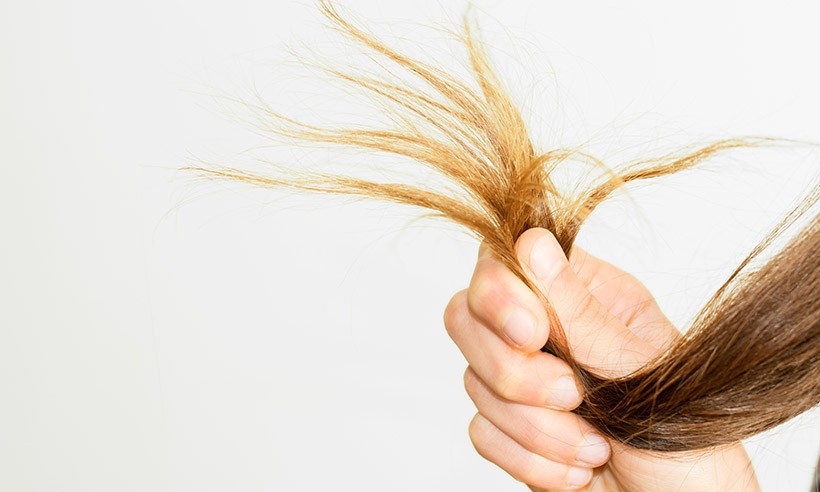 |
| Photo: Hello Magazine |
Fine or light-colored hair is especially prone to UV damage, while thicker textures and darker shades offer more natural protection from the sun. But all hair types and colors are susceptible to some level of damage.
But what about where you live (or vacation)? Surprisingly, whether you’re outdoors in the suburbs or at the beach, you’re at similar risk for sun hair damage.
And keep in mind, between ozone depletion and the gradual intensification of the sun’s heat, the problem will only get worse over time. To keep your strands in optimal condition, it’s worth it to start learning how to prevent sun damage to hair now.
Signs of Sun Damaged Hair
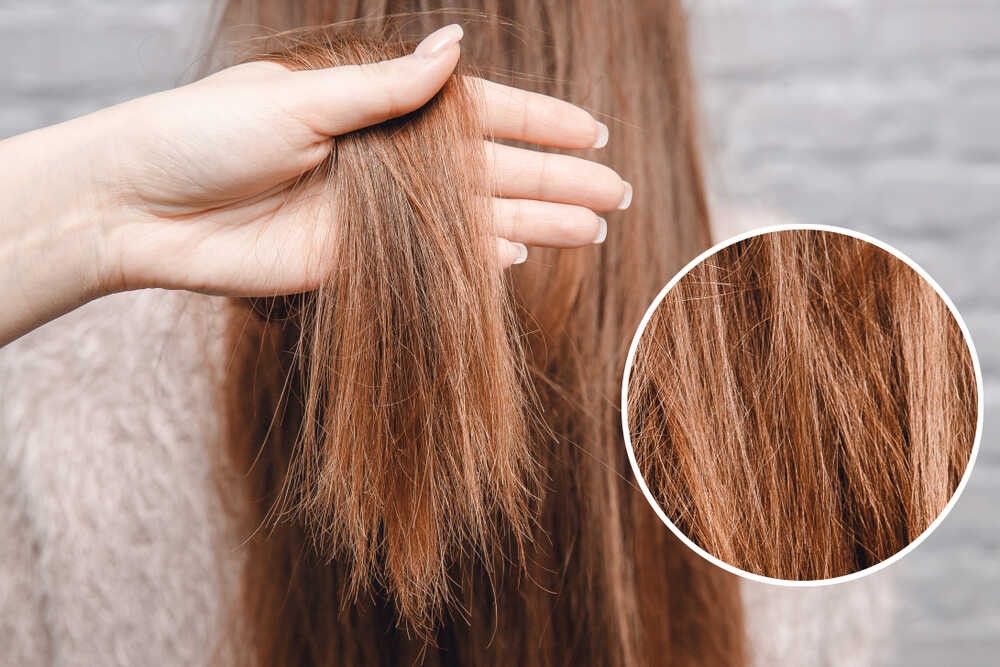 |
| Photo: Shutterstock |
If you’re out in the sun for long periods of time, you may start to notice changes to your color and style. Signs of hair damage from the sun include:
- Discoloration: A dramatic color change is a telltale sign that UV rays have reacted with the melanin in your hair.
- Change in texture: You may find your once-smooth hair is now dry, rough, and brittle and doesn’t swing freely like it used to.
- Split ends: As the sun penetrates your hair, your strands become more fragile and prone to breakage.
How to Protect Your Hair from Sun Damage
1. Wearing a hat
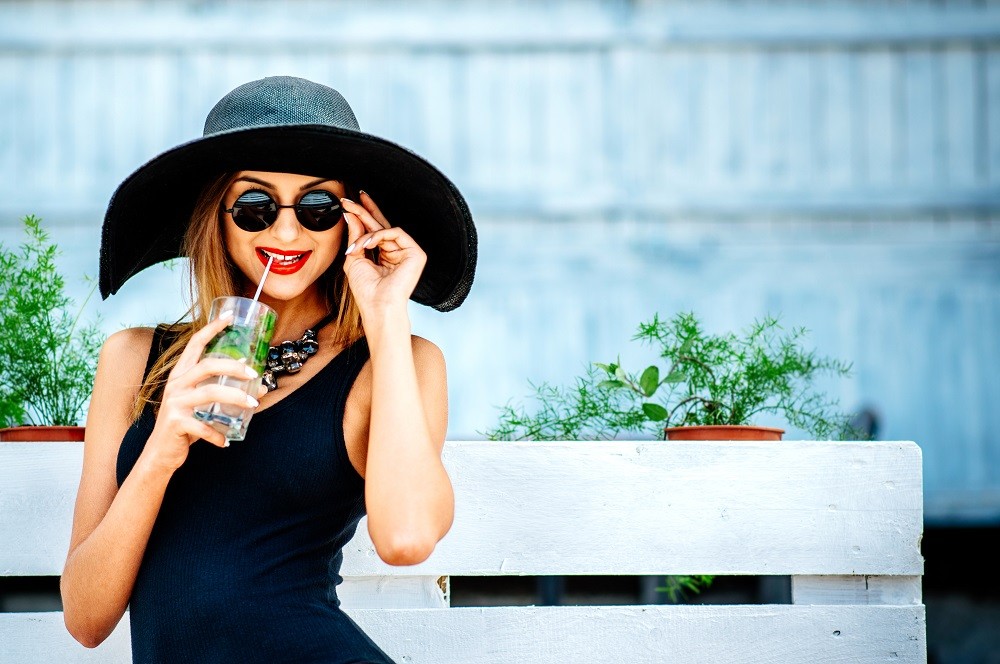 |
| Photo: HerStyler |
By now you know to slather sunscreen all over your body. You even remember to cover those pesky places you usually forget like the tops of your hands and your eyelids. But what about your hair?! Even if it doesn’t technically burn, "UV rays break down the cuticle, leaving your strands dry, damaged, and frizzy," says Giulia Heiman, a stylist at Parlor® by Jeff Chastain in New York City. Here, she shares five tips for keeping your hair hydrated and healthy.
2. Don't Forget About Your Scalp
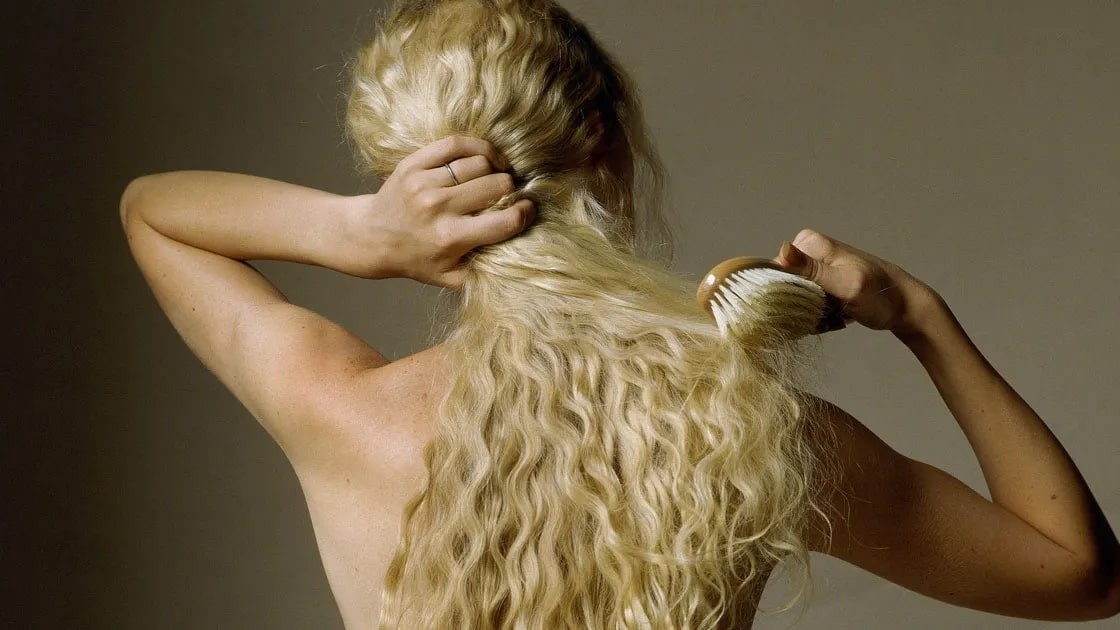 |
| Photo: Vogue |
We know that a healthy scalp means healthy hair. A leave-in treatment like Davines SU Hair Milk for Sun-Exposed Hair is not only great for spritzing all over your scalp and strands post-shower, but it's lightweight enough to refresh and protect your hair throughout the day without ruining your 'do. Since it has UVA and UVB filters, think of it as a sunscreen for your hair (without the sticky mess). Bumble and bumble.'s Surf Foam Spray Blow Dry also contains UVA and UVB filters while creating piecey texture (thanks to a salt mineral complex and coconut water). Apply either product all over your scalp and strands, paying special attention to your part.
3. Minimize Peak Sunlight Exposure
 |
| Photo: The Merry Go Round |
To avoid getting sunburned, it’s best to steer clear of sun exposure during the hottest part of the day — and the same goes for protecting your hair. If you plan to be outside, aim for the morning or late afternoon. While you won’t totally escape the sun, you will avoid some of the harshest and most damaging rays.
4. Avoid Chemicals
In the summer, the sun and the pool often go hand in hand, but chemicals like chlorine can weaken your hair, making it even more prone to sun damage. The same goes for the chemicals used in lightening treatments — they make your hair weak and vulnerable to the sun’s harsh rays. That doesn’t mean you have to give up a sun-kissed look for summer, but for maximum protection, it may be worth forgoing color treatments involving bleach.
5. Make Extra Effort to Moisturize
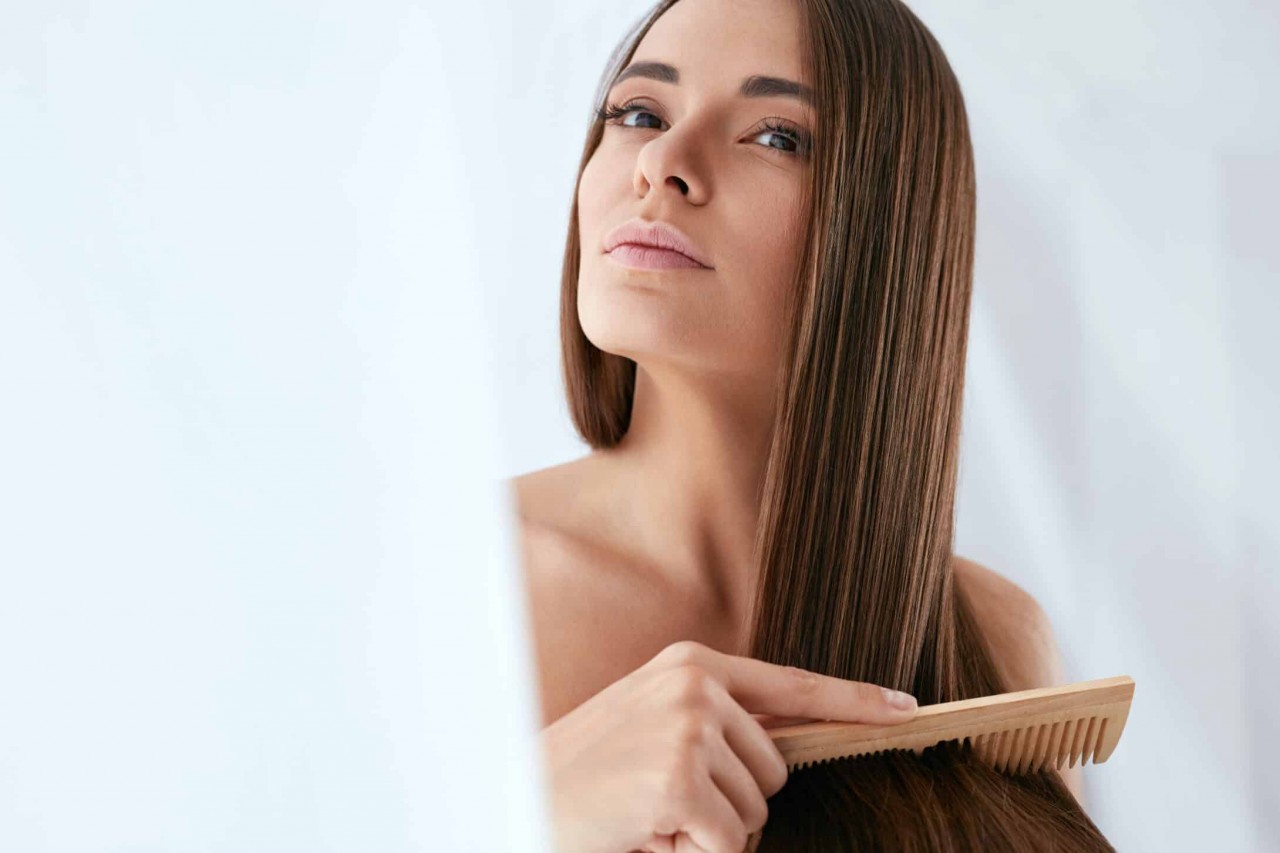 |
| Photo: Viviane Woodard |
One of the prominent signs of hair sun damage is dryness — so to protect hair from sun damage, you’ll want to have a solid moisturizing routine. But don’t just buy the biggest bottle of conditioner you can find. In fact, if you swap out your traditional shampoo for a soap-free alternative, you’ll find you don’t need a separate conditioner at all.
Here’s why: Conventional shampoo strips away the hair’s natural oils, and then a conditioner replaces that moisture. But you can avoid removing those oils in the first place — by using a soap-free cleanser, like New Wash — and keep your natural moisture and protective barrier. You can also add in extra hydration with a leave-in conditioner, like Hair Balm.
6. Get a Trim
While cutting your locks might not be plan A, trimming the ends of sun-damaged hair might be one of the best ways to keep strands healthy and stimulate growth. Aim to get a cut every three months or more if your hair is in recovery mode. By acting as soon as you see split ends or experience dryness, you may prevent further damage down the line.
Healthy hair starts with a healthy scalp,1 and this hair mist provides SPF 30 protection to both. Keratin and vitamin B5 make this spray an easy way to nourish hair daily.
7. Add SPF to Your Hair Care Routine
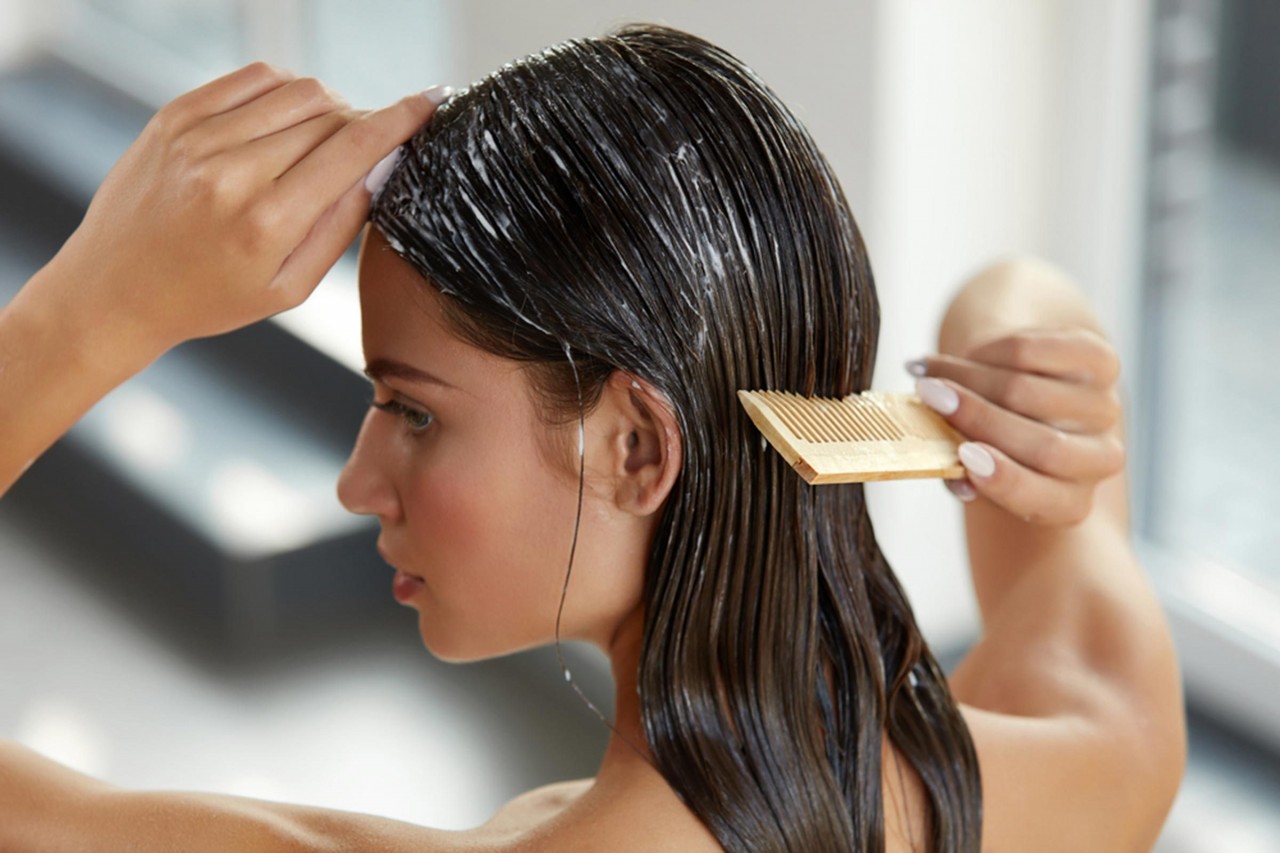 |
| Photo: Shutterstock |
You already buy sunscreen for your skin, so consider adding an SPF product designed for your head to your routine. Whether you choose a spray or powder-based shield, there are plenty of options for protecting your hair.
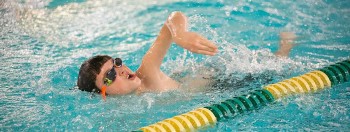 | Simple Guide On How To Learn To Swim The Safest Ways Swimming is one of the most important skills for survival and also helps with fitness and health. Here is how you learn how to swim ... |
 | Helpful Tips To Stay Healthy During A Trip Travelling is fun and enjoyable, but it can also be stressful at times and can mess up your daily habits. But it is not impossible ... |
 | Five Practical Tips To Help Children Learning At Home On Holidays Learning with kids can be stressful during your holidays since kids are very much active and will not like sitting around, and doing nothing. Here ... |
Recommended
 Handbook
Handbook
Vietnam Moves Up 8 Places In World Happiness Index
 Handbook
Handbook
Travelling Vietnam Through French Artist's Children Book
 Multimedia
Multimedia
Vietnamese Turmeric Fish among Best Asian Dishes: TasteAtlas
 Handbook
Handbook
From Lost to Found: German Tourist Thanks Vietnamese Police for Returning His Bag
Popular article
 Handbook
Handbook
Prediction and Resolution for the Disasters of Humanity
 Handbook
Handbook
16 French Films To Be Shown For Free During Tet Holiday In Vietnam
 Handbook
Handbook
Unique Cultural and Religious Activities to Welcome Year of the Snake
 Handbook
Handbook







